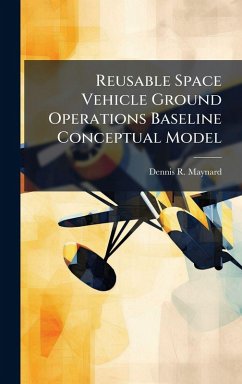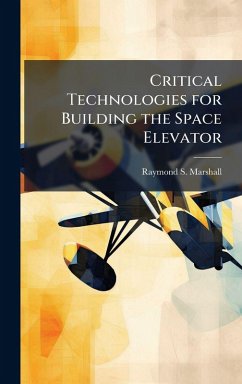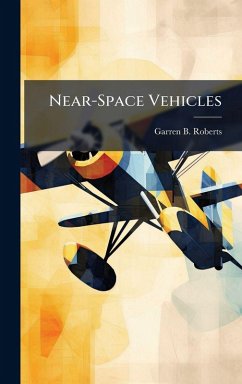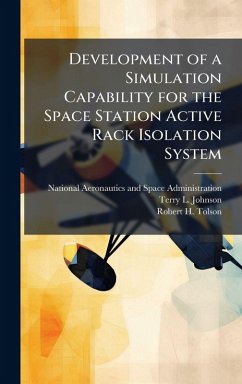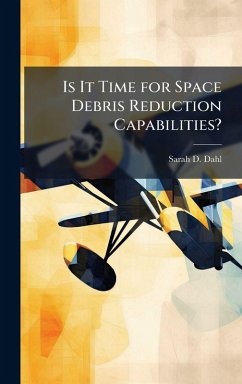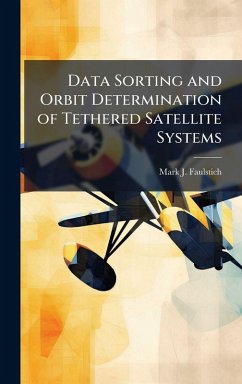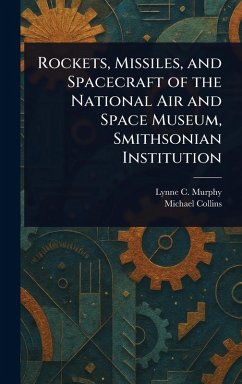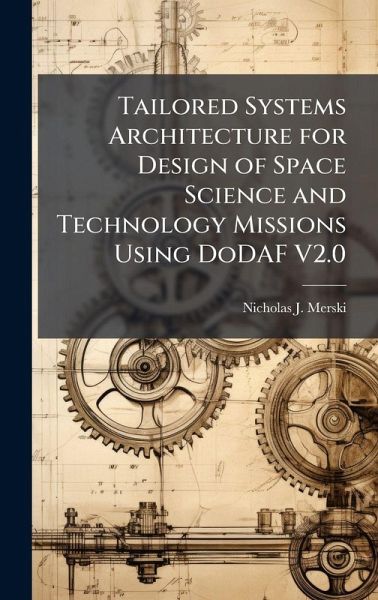
Tailored Systems Architecture for Design of Space Science and Technology Missions Using DoDAF V2.0
Versandkostenfrei!
Versandfertig in über 4 Wochen
28,99 €
inkl. MwSt.
Weitere Ausgaben:

PAYBACK Punkte
14 °P sammeln!
The use of systems architecture, following a set of integrated descriptions from an architecture framework, has been well codified in Department of Defense acquisition and systems engineering. However, in the Space Science and Technology (S and T) community, this guidance and practice is not commonly adopted. This paper outlines an approach to leverage the changes made in DoD Architecture Framework 2.0 (DoDAF2.0), and the renewed emphasis on data and support to acquisition decision analysis. After decomposing the Space S and T design lifecycle into phases, design milestones and activities usin...
The use of systems architecture, following a set of integrated descriptions from an architecture framework, has been well codified in Department of Defense acquisition and systems engineering. However, in the Space Science and Technology (S and T) community, this guidance and practice is not commonly adopted. This paper outlines an approach to leverage the changes made in DoD Architecture Framework 2.0 (DoDAF2.0), and the renewed emphasis on data and support to acquisition decision analysis. After decomposing the Space S and T design lifecycle into phases, design milestones and activities using process models, a set of DoDAF prescribed and Fit-for-Purpose views are constructed into a reference implementation of a system architecture. This approach attempts to make DoDAF2.0 more relevant and integrated with S and T missions and the decisions that are encountered. This work has been selected by scholars as being culturally important, and is part of the knowledge base of civilization as we know it. This work was reproduced from the original artifact, and remains as true to the original work as possible. Therefore, you will see the original copyright references, library stamps (as most of these works have been housed in our most important libraries around the world), and other notations in the work. This work is in the public domain in the United States of America, and possibly other nations. Within the United States, you may freely copy and distribute this work, as no entity (individual or corporate) has a copyright on the body of the work. As a reproduction of a historical artifact, this work may contain missing or blurred pages, poor pictures, errant marks, etc. Scholars believe, and we concur, that this work is important enough to be preserved, reproduced, and made generally available to the public. We appreciate your support of the preservation process, and thank you for being an important part of keeping this knowledge alive and relevant.



